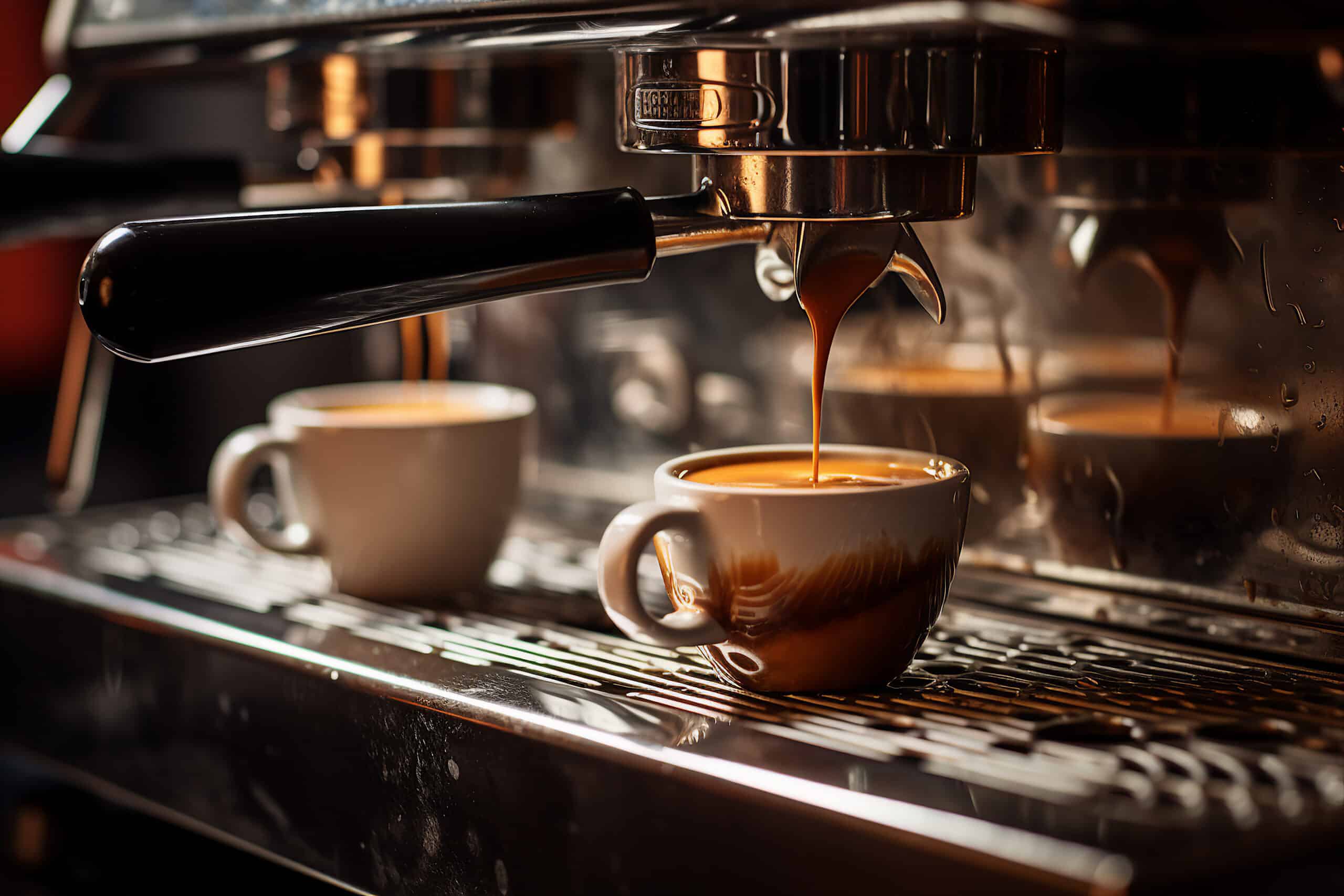How To Make Espresso Coffee With Machine?
Key Takeaways
- The Breville Bambino Plus is considered one of the best espresso machines for beginners.
- High-quality, fresh coffee beans specifically labeled for espresso should be used.
- The ideal grind size for espresso is fine, resembling the texture of table salt.
Espresso is a beloved coffee beverage known for its strong flavor and rich aroma. Making espresso coffee at home can be a delightful and rewarding experience, especially when using a dedicated espresso machine. In this article, we will explore the step-by-step process of making espresso coffee with a machine, as well as provide some useful tips and recommendations.
Choosing the Right Espresso Machine
Before diving into the process, it’s important to have a reliable espresso machine. According to several sources, including The New York Times Wirecutter, Timscoffee.com, and Epicurious, the Breville Bambino Plus is considered one of the best espresso machines for beginners.
Grinding the Coffee Beans
One crucial step in making espresso is grinding the coffee beans. It is recommended to use high-quality, fresh coffee beans specifically labeled for espresso. The Coffee Chronicler suggests that espresso beans should be slightly darker than regular coffee beans, but not overly dark as it can result in a bitter taste. Some popular brands for espresso beans include Coffee Bros Espresso Blend, Illy Classico Espresso, Intelligentsia Black Cat Espresso Blend, and Lavazza Espresso Italiano and Qualita Rossa.
Preparing the Coffee Grounds
Once you have the coffee beans, it’s time to grind them to the appropriate consistency. The ideal grind size for espresso is fine, resembling the texture of table salt. A consistent grind is essential for extracting the flavors properly. It is recommended to use a burr grinder, as it provides a more precise and consistent grind size compared to blade grinders.
Tamping the Coffee
After grinding the coffee beans, it’s important to tamp the coffee grounds evenly and firmly into the portafilter. Tamping helps to create resistance and ensure proper water flow through the coffee grounds. Use a tamper to press down evenly on the grounds, applying approximately 30 pounds of pressure.
Preheating and Preparing the Machine
Before brewing espresso, it’s essential to preheat the espresso machine, as recommended by Whole Latte Love. This helps to stabilize the temperature and ensure consistent extraction. Follow the manufacturer’s instructions for preheating the machine.
Brewing the Espresso
Now it’s time to start brewing your espresso. Here’s a step-by-step guide:
- Attach the portafilter with the tamped coffee grounds to the espresso machine.
- Place a pre-warmed espresso cup under the portafilter.
- Start the brewing process by activating the machine. The water should flow through the coffee grounds at a consistent rate.
- Monitor the extraction time. Ideally, it should take around 25 to 30 seconds for a double shot of espresso to be brewed.
- Once the desired amount of espresso has been brewed, stop the machine.
Frothing Milk for Espresso
If you prefer a milk-based espresso drink like a cappuccino or latte, frothing milk is an additional step. According to AllRecipes, you can froth milk using a milk frother or an espresso machine with a steam wand.
If using a milk frother, heat the milk first and then froth it by holding the frother at a 45-degree angle in a tall cup and moving it up and down for 20 to 45 seconds. Alternatively, you can froth milk by shaking it in a jar with a lid, whisking it in a bowl, using a hand mixer, using an immersion blender, using a blender, or using a French press.
For beginners, Whole Latte Love provides some helpful tips for frothing milk:
- Use a 12 oz pitcher.
- Start with cold milk and a cold pitcher.
- Purge the steam wand before steaming.
- Wipe the wand and purge again immediately after steaming.
- Aim for the proper milk temperature to achieve a sweet, creamy texture.
Enjoying Your Espresso
Now that you have brewed your espresso and frothed your milk (if desired), it’s time to savor your creation. You can enjoy the espresso on its own or use it as a base for various espresso-based drinks like cappuccinos, lattes, or macchiatos. Experiment with different ratios of espresso and milk to find your preferred taste.
Related Websites:
FAQs:
Q: What is the difference between regular coffee and espresso?
Espresso is a concentrated form of coffee that is brewed by forcing hot water through finely ground coffee beans at high pressure. It has a stronger flavor and thicker texture compared to regular coffee, which is brewed by steeping coarser coffee grounds in hot water.
Q: What type of espresso machine should I choose?
The type of espresso machine you choose depends on your preferences and budget. Manual machines offer full control but require more skill, while automatic machines are easier to use but may have limited customization options. Semi-automatic machines offer a balance between control and convenience.
Q: What equipment and ingredients do I need to make espresso coffee?
To make espresso coffee with a machine, you will need an espresso machine, a grinder for coffee beans, a tamper, a frothing pitcher, and espresso cups. It is important to use high-quality coffee beans with a fine grind size and ensure the water you use is of good quality.
Q: How can I troubleshoot common issues when making espresso?
Common issues when making espresso include under-extraction or over-extraction. To troubleshoot these issues, adjust the grind size, dosage, and tamp pressure. Additionally, ensure the machine is properly cleaned and maintained. Practice and experimentation are key to mastering the art of making espresso.
Q: What are some popular espresso-based drinks I can make?
There are various espresso-based drinks you can make, such as cappuccino, latte, macchiato, and Americano. Each drink has its own unique recipe and variations. Experiment with different ratios of espresso, milk, and flavorings to create your favorite customized drinks.






